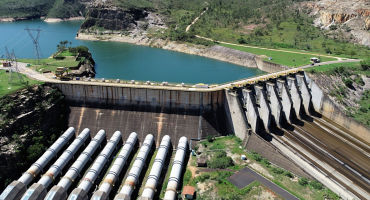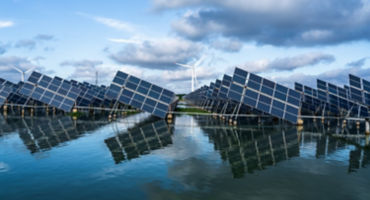On mitigating bad actors
Tom: Sustainable debt is a relatively new segment of the market, without robust regulatory frameworks that could help weed out bad actors and prevent “greenwashing.” We continue to see proliferation of debt labelled green, social, sustainable, and so forth, and increasingly from issuers who are opaque about their sustainability goals. Greater regulatory focus on green bonds in the form of an “EU Taxonomy Alignment” and a potential “EU Green Bond Standard” are steps in the right direction. Policies like these could promote increased transparency, not only on how proceeds are used, but also on how green bonds align with an issuer’s broader sustainability credentials.
I believe 2023 should also be an eventful year for sustainability-linked bonds. The International Capital Market Association (ICMA) tightened voluntary standards for SLBs halfway through 2022, and we sense that the market is becoming more cautious about sustainability-performance targets (SPTs) that lack ambition or are indistinguishable from activities conducted during the normal course of business. Many SLB issuers will approach their first SPT observation dates in 2023, and it will be interesting to gauge their performance relative to key performance indicators. We would not be surprised to see the market start to “price out” SLBs that lack appropriate embedded targets, relative to more ambitious issuers.
As a syndicate-desk trader, my regular conversations with issuers and their advisors are an opportunity to highlight what we believe are structural deficiencies in labelled-bond offerings. And as we often meet issuers during the pre-marketing of future deals, we can suggest ways of structuring sustainable bonds, including robust SPTs. This is one way we help promote better industry standards to ensure that capital is deployed in the most impactful manner possible.
Campe: In my eight years looking at debt markets through an impact lens, I’m pleased to say that standards have improved, although there is still work to be done. In our fixed income impact strategies, we invest in both labelled- and non-labelled issuance that we believe can have a positive environmental and social impact. In doing so, we apply our impact framework to every issuer and security from the bottom up. To address the suitability of labelled issuance for those portfolios, we apply a robust labelled-bond framework.
Ultimately, we think it is essential to look beyond a bond’s label. For us to understand whether a financed project will have positive social or environmental impact, not only do we need to be comfortable that the labelled bond is robust in structure, we also need to know as much as possible about that issuer and its commitment to creating sustained positive impact. Ongoing, constructive engagement with issuers about a range of subjects, including fundamentals, bond structures and ESG- and impact-related questions, helps us develop a fuller understanding of issuers’ approaches and intentions.













